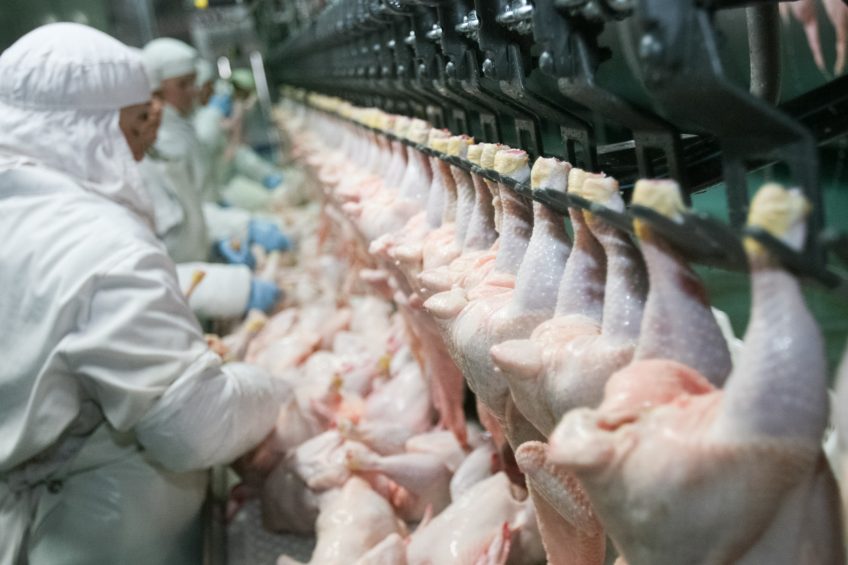FSA report on campylobacter, antimicrobial resistance

Campylobacter in poultry and the ongoing battle on antimicrobial resistance were two of the key issues raised in this year’s Food Standards Agency annual report, published this week.
Heather Hancock, FSA chair, said one of the great successes in recent years had been its work in tackling campylobacter and that the agency had invited Professor Sir Charles Godfray to commission a restatement of the evidence base underpinning its understanding.
This is being taken forward by Matthew Goddard, professor of population and evolutionary biology at Lincoln University: “We expect this restatement to be published later this year. We will use it to judge any further measures need to understand or tackle campylobacter risks from food, and it will help set the context for the ways we tackle other threats to public health.”
Jason Feeney, FSA chief executive, added that factors outside the control of the FSA or the industry, such as climatic conditions, could have a significant impact, not fully understood on the prevalence of campylobacter.
But he praised the continuing efforts made by the main retailers and processors – accounting for around 80% of whole fresh UK-produced chickens – in reducing the levels of campylobacter on their chickens, describing it as “not insignificant and are likely to be associated with a reduced risk to consumers.”
The FSA, he added, remain committed to reducing the levels of campylobacter on all UK produced chickens but the focus on the retail survey would move to smaller retailers, independent traders and market stalls supplied by small processors, which go into catering.
The FSA said it was contributing to the delivery of the Government’s antimicrobial resistance work, improving the evidence base by monitoring AMR levels in food. The strategy has the goal of slowing the development and spread of AMR.
Work over the past year has included a new retail survey of AMR bacteria in retail chicken and pork mince, which began last September and work to support existing FSA research to fill the evidence gap on attribution of AMR Campylobacter.
It set up a task and finish group to get advice from the poultry, pig, cattle and sheep sectors and presented a paper earlier this year to the Advisory Committee on the Microbiological Safety of Food. And it has contributed to the AMR bacteria in retail meats.
Commenting on the select committee report on 2 Sisters and standards in poultry processing, the review says its findings, coupled with issues at other cutting plants led it and Food Standards Scotland to launch a UK-wide review of cutting plants and cold stores.
The review is assessing how today’s meat industry operates across the supply chain, to ensure that the future regulatory direction keeps pace and anticipates sector change. It will look to strengthen the arrangements for delivery of official controls and identify any other measures that help build consumer confidence in meat production. It will report to the FSA/FSS Boards this autumn.
Commenting on its marketing campaign “Let’s talk turkey”, which ran from 5 December 2017 to 7 January 2018, the FSA said results exceeded its Key Performance Indicators, delivering 11 national partners, a reach of 1.6m people and 62m media opportunities at a cost of £5,000.












